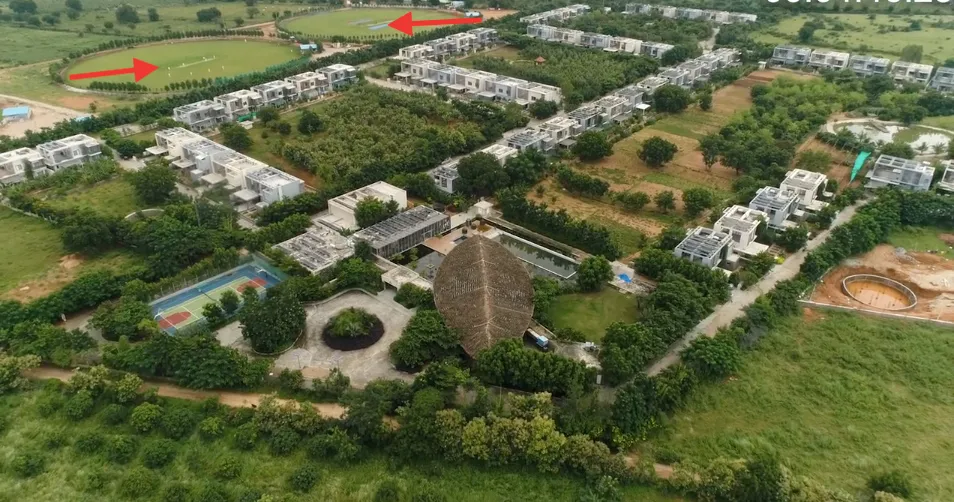 Contact us
Contact usIntent
Community
Studio Organo Concepts
About Us
Subsidaries
Studio Organo
TS RERA No.P02400003403.
TS RERA No.P02400003403.

By Rakesh Koti

At Naandi, we have created a water-balanced community. This means that the annual water budget is below the total amount of rainfall falling on the land. The community has been managing only with rainfall and Borewell until now.

Some of the water falling on the land is diverted to ponds and rainwater storage structures but most of it is directed to deep aquifer recharge bore wells. These Borewells improve the groundwater table.
While the groundwater table has increased, there is a marked difference in the way farmers around the community have been utilizing their lands. A lot of them have converted their lands into cricket fields. It is more lucrative for them to turn their land into a cricket field than do farming.

Most of the water for maintaining the lawns in these grounds come from the ground. With over 20 grounds around Naandi, the groundwater resource has started depleting. The community is not benefiting from the efforts of recharging the groundwater table. Although the dependence is still completely on rainfall and groundwater, it gets challenging in the summer.
While designing communities, the question that we want to answer is what would happen if
1. The rains are low
2. There is no water from the government
3. The groundwater resource has been depleted.
One way is to depend on water tankers. But is there a better way? How much water must be stored? Is it practical to store that much water?
Our efforts are going into resolving these very questions.
